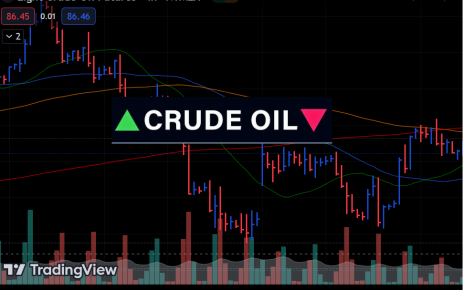- Gold continued its decline for the third consecutive session.
- The Fed’s updated quarterly projections indicated the possibility of another rate hike.
- There was an unexpected 9% decline in initial US jobless claims.
On Thursday, gold continued its decline for the third consecutive session. This decline was due to a rally in the dollar and treasury yields following a warning from the US Federal Reserve about a potential rate hike.
While the Fed kept interest rates unchanged on Wednesday, its updated quarterly projections indicated the possibility of another rate increase this year and a commitment to maintaining tight rates through 2024.
According to Ryan McKay, a commodity strategist at TD Securities, the “higher-for-longer” and “soft landing” narrative put downward pressure on gold. It led to the liquidation of long positions. There’s also a potential for additional pressure as systematic funds may shift to a net short position in the coming days.
During this period, the dollar reached a six-month high, and 10-year Treasury yields remained at a 16-year high. This hurt gold, priced in dollars, and did not yield interest. However, gold remained resilient and held above the psychologically significant $1,900 level.
Traders and investors seek a hedge if the Fed fails to achieve a soft landing in the coming months, as Ole Hansen, Saxo Bank’s head of commodity strategy, notes. While the markets anticipate a 45% chance of another rate hike in the current year, they are also betting on a roughly 40% chance of the Fed easing in the first half of 2024.
Ryan McKay added that some of the market still perceives a higher likelihood of a recession. Moreover, physical and central bank demand for gold has remained relatively strong throughout this period.
US jobless claims (Source: US Labor Department)
However, an unexpected 9% decline in initial US jobless claims marked an eight-month low. The decline aligned with the Fed’s belief that the labor market is excessively tight. This situation exerts upward pressure on wages and demonstrates the economy’s capacity to endure higher rates over an extended period. It also hurts gold prices.
For the week ending on September 16, initial claims for state unemployment benefits plummeted by 20,000, reaching 201,000, a level not seen since January. Meanwhile, a second report from the Conference Board revealed that the leading indicator, which measures future US economic activity, dipped by 0.4% in August.





